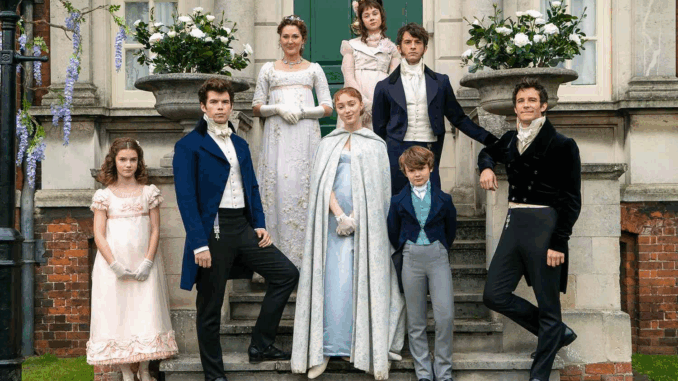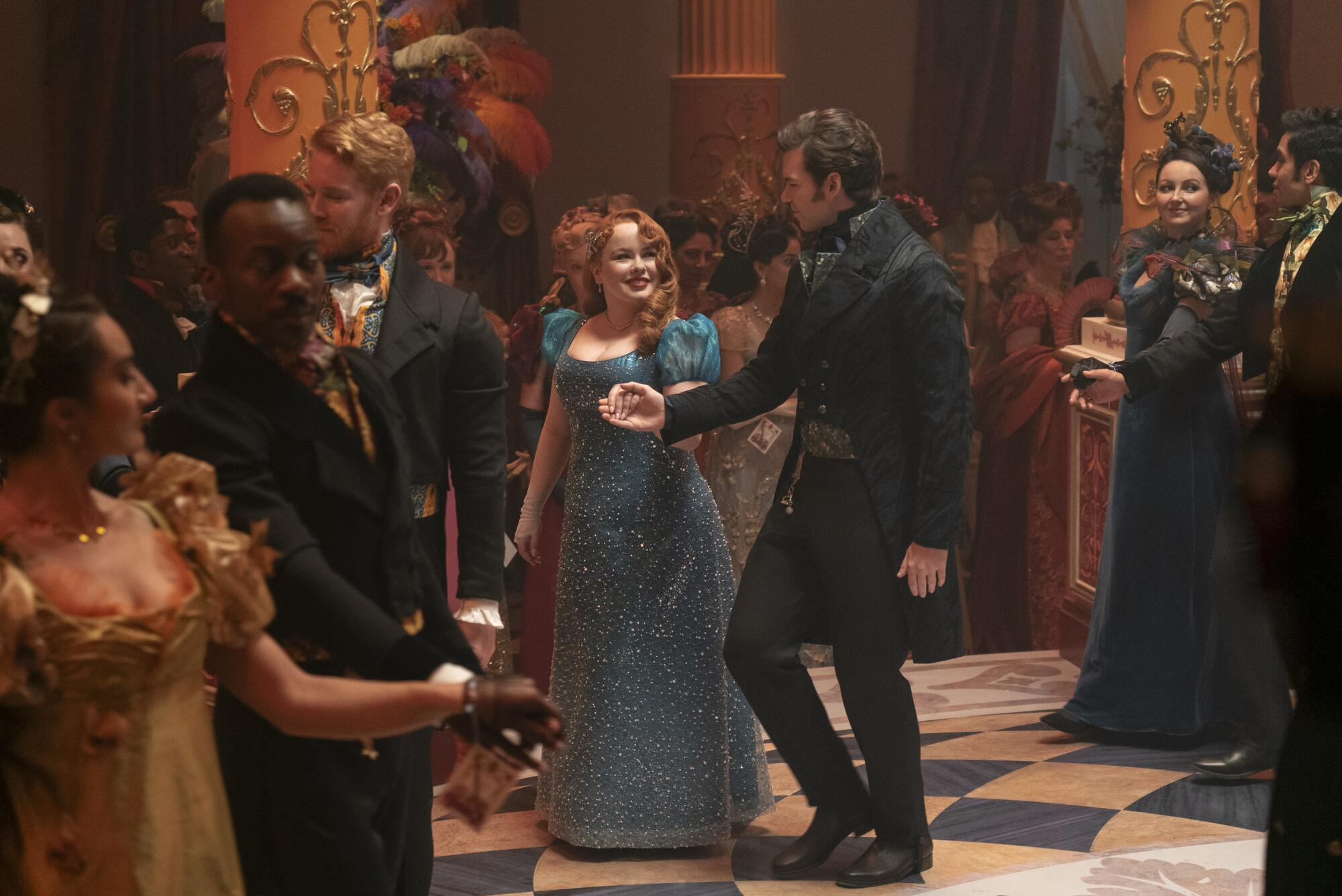
When Bridgerton premiered on Netflix in 2020, few could have predicted the cultural wave it would unleash. Adapted from Julia Quinn’s beloved book series and produced by Shondaland, the show quickly became a global sensation, blending period drama with modern sensibilities to create a viewing experience unlike anything previously seen in the genre. Its vibrant aesthetic, diverse casting, and emotionally driven storytelling transformed the Regency romance into a mainstream phenomenon embraced by viewers across continents.
What sets Bridgerton apart from traditional historical dramas is its refusal to confine itself to strict realism. Instead, it reimagines the Regency era through a contemporary lens—adding modern color palettes, orchestral renditions of pop music, and a socially progressive worldview. The result is a world that feels familiar yet fantastical, historically inspired but unapologetically modern. This creative boldness helped the series resonate with a younger generation while still capturing the hearts of long-time period drama enthusiasts.
 At the center of the series are the Bridgertons, an aristocratic yet emotionally warm family navigating the marriage market of early 19th-century London. Each season focuses on one sibling’s romantic arc, allowing viewers to explore different aspects of love and duty within the constraints of the era. Season One introduced the world to Daphne Bridgerton and Simon Basset, the Duke of Hastings—a pairing whose chemistry became instantly iconic. Their pretend-courtship-turned-passionate-romance set the tone for the show’s signature emotional intensity.
At the center of the series are the Bridgertons, an aristocratic yet emotionally warm family navigating the marriage market of early 19th-century London. Each season focuses on one sibling’s romantic arc, allowing viewers to explore different aspects of love and duty within the constraints of the era. Season One introduced the world to Daphne Bridgerton and Simon Basset, the Duke of Hastings—a pairing whose chemistry became instantly iconic. Their pretend-courtship-turned-passionate-romance set the tone for the show’s signature emotional intensity.
Season Two shifted the spotlight to Anthony Bridgerton and Kate Sharma, whose enemies-to-lovers tension and forbidden desire captivated audiences with equal fervor. Their slow-burn romance contrasted sharply with the first season’s firestorm passion, showcasing the show’s ability to diversify its emotional palette. Season Three continued this evolution, focusing on Colin Bridgerton and Penelope Featherington—a longtime friends-to-lovers story that added a layer of tenderness and internal conflict to the series’ emotional landscape.
Beyond romance, Bridgerton excels in building a richly layered social world. Queen Charlotte’s glittering court, Lady Danbury’s strategic brilliance, the Featheringtons’ chaotic ambitions, and the ever-present mystery of Lady Whistledown create a narrative ecosystem full of intrigue and humor. These elements keep the story engaging even when the central romance takes a quieter turn.
A significant factor in the show’s global success is its approach to diversity and inclusion. By casting actors of various ethnic backgrounds in noble roles and constructing a racially integrated society, Bridgerton opens the door to audiences who rarely see themselves represented in historical romance narratives. This reimagining is not presented as revisionist history but as a deliberate artistic choice—one that expands the emotional reach of the genre.
Equally impactful is the show’s visual identity. From elaborate gowns to meticulously choreographed ballroom scenes, Bridgerton presents a world of escapist fantasy. Its vibrant colors and dreamy cinematography create an intoxicating blend of opulence and intimacy. The soundtrack, which reinvents contemporary hits as classical arrangements, bridges the gap between past and present, reinforcing the series’ unique tone.
While critics occasionally debate the historical liberties taken, viewers continue to be captivated by the show’s emphasis on emotional truth. Bridgerton is not concerned with reenacting history; it is concerned with exploring love, identity, agency, and family within the constraints of a romanticized past. That emotional grounding is what gives the series its longevity.
As Bridgerton prepares for future seasons, its cultural impact is already clear. It has revitalized period romance, inspired fashion trends, launched music chart hits, and fueled a renewed interest in Regency-era literature and aesthetics. More importantly, it has proven that audiences crave stories that are lush, inclusive, heartfelt, and daring.
In the world of modern television, Bridgerton stands as a shimmering reminder that romance—when told with sincerity and imagination—never goes out of style.
